In the wave of technological innovation in automobile transmission systems, the 430 pull-type clutch assembly stands out with its outstanding performance and has become the focus of industry attention. From structural design to material application, from performance optimization to efficiency improvement, the 430 pull-type clutch assembly has achieved breakthroughs in multiple dimensions.
Comparison between pull-type and push-type structures: Analysis of the design advantages of the 430 pull-type clutch
The clutch is a key component of the automobile transmission system, and its structure directly affects the performance of the entire vehicle. Among the common pull-type and push-type structures, the 430 model firmly chooses the pull-type structure because of its unique advantages.
In a push-type clutch, the inner end of the release finger pushes the pressure plate through the release bearing to achieve separation. This structure is widely used in traditional cars, but it has inherent shortcomings. The contact between the release finger and the release bearing limits the separation efficiency. After long-term use, the release finger is severely worn and the transmission performance is significantly reduced. The pull-type structure takes a different approach, pulling the inner end of the diaphragm spring through the release bearing to separate the pressure plate from the driven plate. This force transmission method reduces the intermediate transmission links, greatly reduces friction losses, and significantly improves separation efficiency.
The pull-type structure of the 430 model further amplifies these advantages. It simplifies the overall structure of the clutch, reduces the number of parts, and reduces the weight of the product, which is in line with the trend of lightweight development of automobiles. During the shifting process, the pull-type structure can quickly and completely cut off the power, improve the smoothness of shifting, shorten the power interruption time, and bring a smoother driving experience to the driver. The diaphragm spring is evenly stressed in the pull-type structure, the risk of fatigue damage is reduced, and the service life of the clutch is extended. In addition, the optimization of the diaphragm spring material and manufacturing process allows the 430 model pull-type clutch to operate stably and reliably under complex working conditions.
l Effect of Leverage Ratio Optimization on Pedal Force
In the car clutch system, the lever ratio is the "magician" for regulating pedal force, and the 430 pull-type clutch achieves ideal regulation of pedal force by precisely optimizing the lever ratio.
The lever ratio is essentially the ratio of force transmission to be enlarged or reduced. In the clutch operating mechanism, the pedal force can be changed by changing the lever length and the fulcrum position. When the lever ratio is increased, the driver can generate a large separation force on the clutch pressure plate by applying a small force on the pedal; when the lever ratio is reduced, the pedal force will increase. However, the larger the lever ratio, the better. An excessively large lever ratio will increase the clutch separation stroke, resulting in insensitive gear shifting.
The 430 pull-type clutch has done a lot of work on lever ratio optimization. Taking a certain model as an example, the fixed lever ratio initially designed made the driver's operation laborious and prone to fatigue after long-term driving. The R&D team redesigned the lever mechanism, gradually adjusted the lever ratio and tested it repeatedly. The results showed that by increasing the lever ratio within a reasonable range, the pedal force was greatly reduced, making the operation easier. The team also combined ergonomics, considered the operating habits and strength differences of different drivers, and further optimized the lever ratio to keep the pedal force in a comfortable range. At the same time, the lever ratio optimization is coordinated with the parameters of other clutch components, such as the diaphragm spring stiffness, the friction coefficient of the release bearing, etc., to achieve a perfect match between the pedal force and the clutch performance, ensuring the reliable operation of the clutch while improving driving comfort.
l Spatial layout and lightweight design features
In modern mechanical product design, spatial layout and lightweight design are "weapons" to enhance competitiveness. The 430 pull-type clutch assembly has achieved remarkable results in these two aspects.
In terms of spatial layout, the 430 pull-type clutch is scientifically planned based on the functions and working characteristics of each component. The size and shape of key components such as the transmission system and control system are optimized to reduce the gap between components and achieve a compact layout. The core components such as the clutch pressure plate and driven plate are modularly designed to reduce the volume and save space while ensuring performance. Computer-aided design (CAD) and finite element analysis (FEA) technology are used to simulate and verify the layout plan to ensure that the components do not interfere with each other. In addition, attention is paid to ergonomic design, and the position and angle of operating components are reasonably arranged to improve the convenience and safety of operation.
In terms of lightweight design, the 430 pull-type clutch adopts advanced materials and processes to reduce its own weight while ensuring strength and reliability. A large number of lightweight and high-strength materials such as high-strength aluminum alloys and carbon fiber composites are used. Aluminum alloys have good thermal conductivity and corrosion resistance, which reduces the weight of components while ensuring strength; carbon fiber composites have high specific strength and specific modulus, making them an ideal choice for lightweighting. In terms of manufacturing technology, precision casting, stamping and other technologies are used to perform topological optimization on components such as the clutch housing, and finite element analysis is used to determine the optimal material distribution and remove redundant materials. The combination of spatial layout and lightweight design allows the 430 pull-type clutch to not only improve space utilization and performance, but also reduce production costs and enhance market competitiveness.
l Structural verification for high torque conditions
In special scenarios such as industrial production, mechanical equipment often needs to operate stably under high-torque conditions, which places extremely high demands on the clutch structure strength and reliability. The 430 model is fully prepared for this.
During the structural design phase, the 430 model strengthened key components for high-torque working conditions. The pressure plate is made of high-strength alloy steel, and the structure is optimized to increase thickness and rigidity to improve the high-torque transmission carrying capacity. The diaphragm spring design is improved, and the geometry and material properties are adjusted to ensure stable elastic force output under high torque and reliable clutch engagement and disengagement. Special heat treatment and surface treatment technologies are used for key parts such as shaft components and bearings of the transmission system to improve hardness and wear resistance and extend service life.
To verify the structural reliability under high-torque conditions, researchers conducted a variety of tests. In the static torque test, the product is fixed, and high torque loads are gradually applied to monitor component stress and deformation to ensure that there is no breakage and excessive deformation under static conditions. The dynamic torque test simulates actual working conditions, conducts long-term continuous operation tests, observes dynamic performance, and detects problems such as vibration and abnormal noise. The fatigue life test tests the fatigue life of key components by repeatedly applying high torque loads. A series of rigorous tests have proved that the 430 model has excellent structural strength and reliability under high-torque conditions, can meet the needs of complex working conditions, and provide reliable technical support for industrial production.
Friction materials and thermal management: How to improve the durability of 430 assemblies?
The durability of the 430 pull-type clutch assembly is related to its service life and performance, and friction materials and thermal management are the key to improving durability.
As the core of the clutch, the performance of friction materials directly affects power transmission. Different friction materials have different friction coefficients, wear resistance and heat resistance. In order to improve durability, the 430 pull-type clutch has conducted in-depth research and optimization of friction materials. In terms of material formulation, a variety of high-performance friction enhancers and binders are used, and scientific proportions are used to improve the stability of friction coefficients and wear resistance. Ceramic particles, carbon fiber and other reinforcing materials are added to enhance the strength and hardness of friction materials and reduce wear; high-performance binders are selected to improve the bonding force of components and prevent the material from stratifying and falling off under high temperature and high load. Diversified friction material formulas are also developed according to different working conditions and performance requirements.
Thermal management is equally important. When the clutch is working, if the friction heat is not dissipated in time, it will cause thermal decay, reduce the performance of the friction material and even damage the components. The 430 pull-type clutch assembly adopts a variety of thermal management measures. Heat dissipation grooves are designed for components such as the pressure plate, and the shape, size and distribution of the grooves are optimized to increase the heat dissipation area, improve the heat dissipation efficiency, and inhibit thermal decay. Advanced cooling technologies such as forced air cooling and liquid cooling are used to provide additional cooling for key components to ensure that the temperature of components is reasonable under high temperature conditions. Thermal simulation analysis technology is used to simulate and optimize the heat transfer process and improve the performance of the thermal management system. The friction material optimization and thermal management solution improvement work together to significantly improve the durability of the 430 pull-type clutch assembly, which can operate stably for a long time under complex working conditions.
l Relationship between friction plate material formula and wear rate
The friction plate is the key to the clutch's power transmission and braking. Its material formulation is closely related to the wear rate, and the 430 pull-type clutch has conducted in-depth research on this.
The friction plate material formula is complex, consisting of multiple ingredients such as friction enhancers, binders, and fillers. Friction enhancers determine friction performance, and common enhancers such as ceramic particles, metal fibers, and graphite each have their own role. An appropriate amount of ceramic particles can increase the friction coefficient and wear resistance and reduce the wear rate, but an excessive amount will damage the mating parts due to high hardness, and increase self-wear. Metal fibers can enhance the strength and thermal conductivity of the friction plate, reduce heat accumulation, and reduce wear. The binder is responsible for bonding the various components, and its performance affects the overall strength and durability of the friction plate. High-quality binders can reduce material shedding and wear under high temperature and high load. Fillers adjust the density, hardness and other properties of the friction plate to reduce costs.
In order to explore the relationship between material formula and wear rate, the researchers conducted a large number of experimental analyses. Different samples were prepared by changing the content of each component in the formula, and the wear amount was tested using professional equipment to simulate actual working conditions. The results showed that the type and content of friction enhancers have a significant impact on the wear rate, and the performance of the binder is also crucial. By analyzing the experimental data, a relationship model between the two was established, providing theoretical and technical support for optimizing the friction plate material formula and reducing the wear rate.
l The heat sink design of the pressure plate suppresses thermal decay
When the clutch is working, the friction between the pressure plate and the friction plate generates heat, which can easily cause thermal decay, affecting performance and reliability. The 430 model effectively suppresses thermal decay by optimizing the design of the pressure plate heat dissipation groove.
The design of the heat dissipation slots on the platen needs to comprehensively consider factors such as shape, size, quantity and distribution. Different shapes of heat dissipation slots have different heat dissipation effects. Straight slots are simple but inefficient. Spiral slots guide air to flow in a spiral, enhance disturbance and improve heat dissipation efficiency. Radial slots allow air to flow quickly in a radial direction to accelerate heat transfer. The size of the heat dissipation slots also needs to be reasonably matched. Too shallow or too narrow is not conducive to heat dissipation, while too deep or too wide affects the strength and stiffness of the platen.
The 430 pull-type clutch uses a combination of computer simulation and experimental verification to optimize the heat sink design. First, computational fluid dynamics (CFD) software is used to simulate air flow and heat transfer under different schemes, evaluate the heat dissipation effect, and adjust the heat sink design accordingly. Then the optimization scheme is verified through actual working condition tests, and the temperature sensor is used to monitor the temperature change of the pressure plate. The results show that the optimized heat sink significantly reduces the temperature of the pressure plate and effectively suppresses thermal decay. Compared with the traditional design, the heat dissipation efficiency is greatly improved, ensuring the stable operation of the clutch under high temperature conditions.
l Dynamic friction coefficient test data under high temperature conditions
In mechanical transmission systems, the dynamic friction coefficient of friction materials under high temperature conditions is of great significance to the stability and reliability of power transmission. The 430 pull-type clutch obtains key data through professional testing.
The researchers built a professional testing platform, including a friction test device, a temperature control system and a data acquisition system. The friction test device simulates actual friction conditions, the temperature control system accurately controls high temperature conditions, and the data acquisition system collects parameters such as friction force, speed, temperature, etc. in real time and calculates the dynamic friction coefficient.
During the test, different friction material samples were selected, and a series of working conditions from the lowest temperature to the highest temperature were set. At each temperature point, the relative motion speed, load and other parameters of the friction pair were kept consistent. After the temperature was raised and stabilized, the test was started, and the parameters were collected and recorded to calculate the dynamic friction coefficient. The results showed that the dynamic friction coefficient of different friction materials changed differently at high temperatures. The traditional materials had obvious thermal decay, while the new optimized materials used in the 430 pull-type clutch had a stable friction coefficient at high temperatures and effectively suppressed thermal decay. These data provide a basis for the research and development and improvement of friction materials, help develop high-performance materials that are more suitable for high-temperature conditions, and improve the working performance of mechanical systems under extreme conditions.
 English
English русский
русский
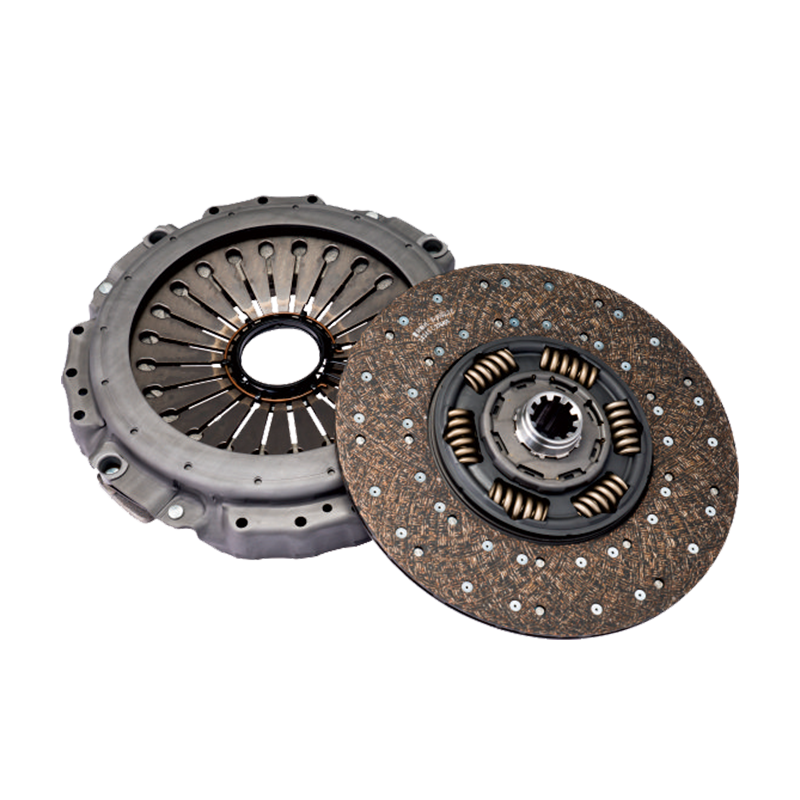
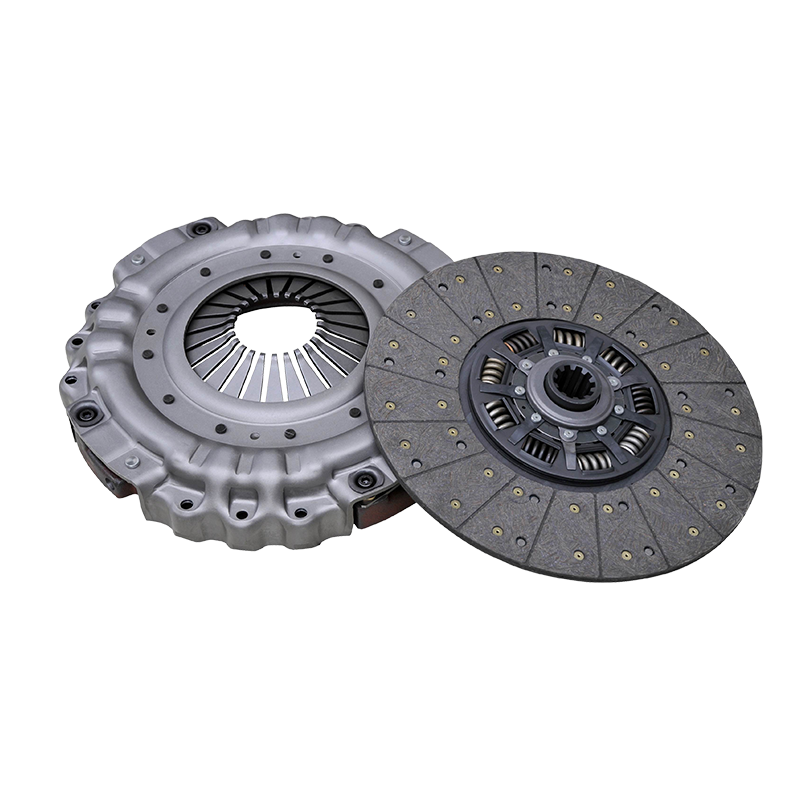
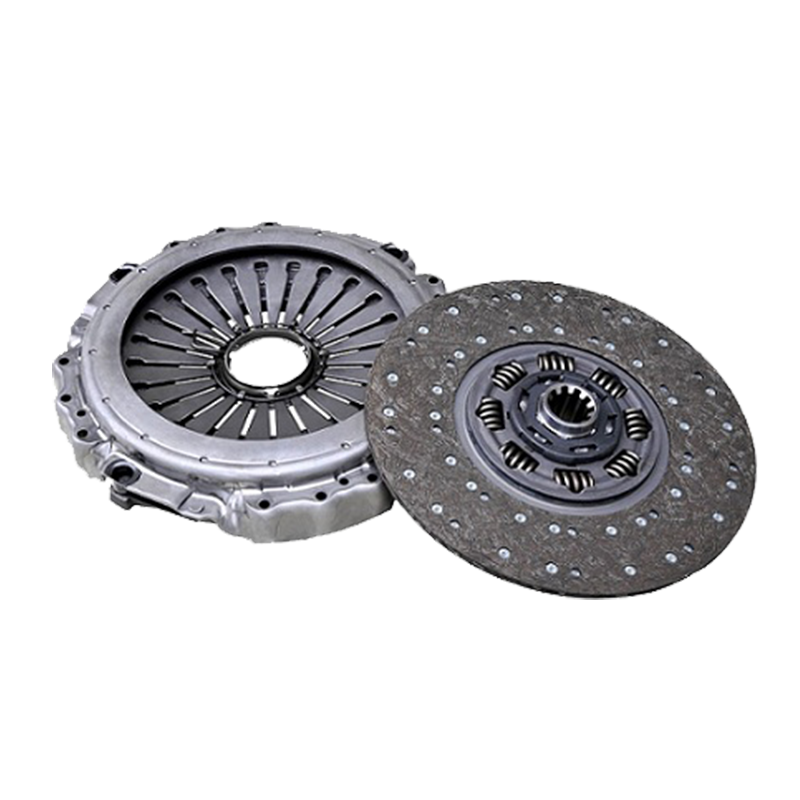
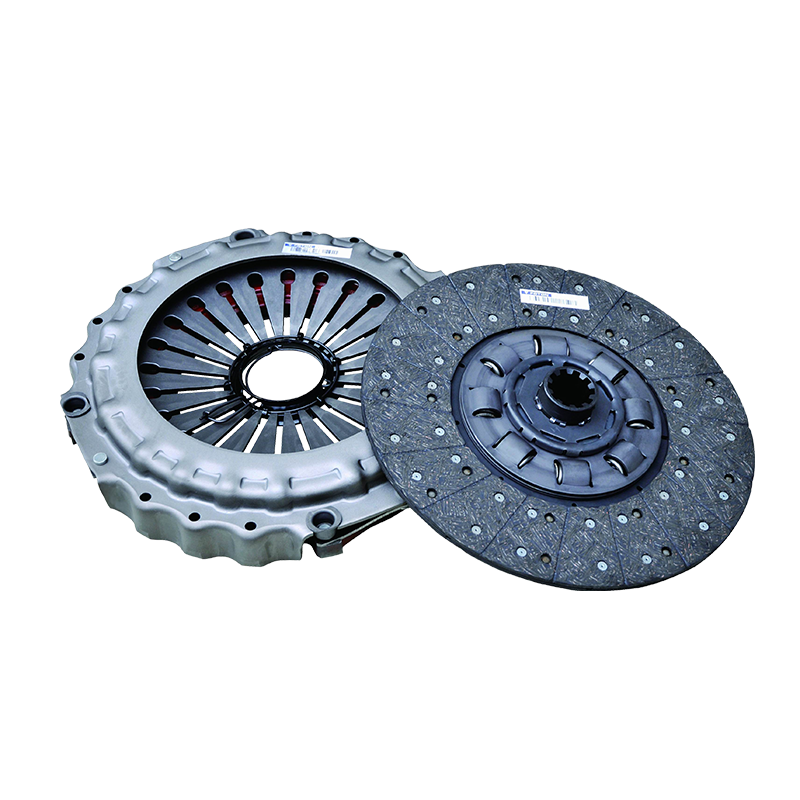
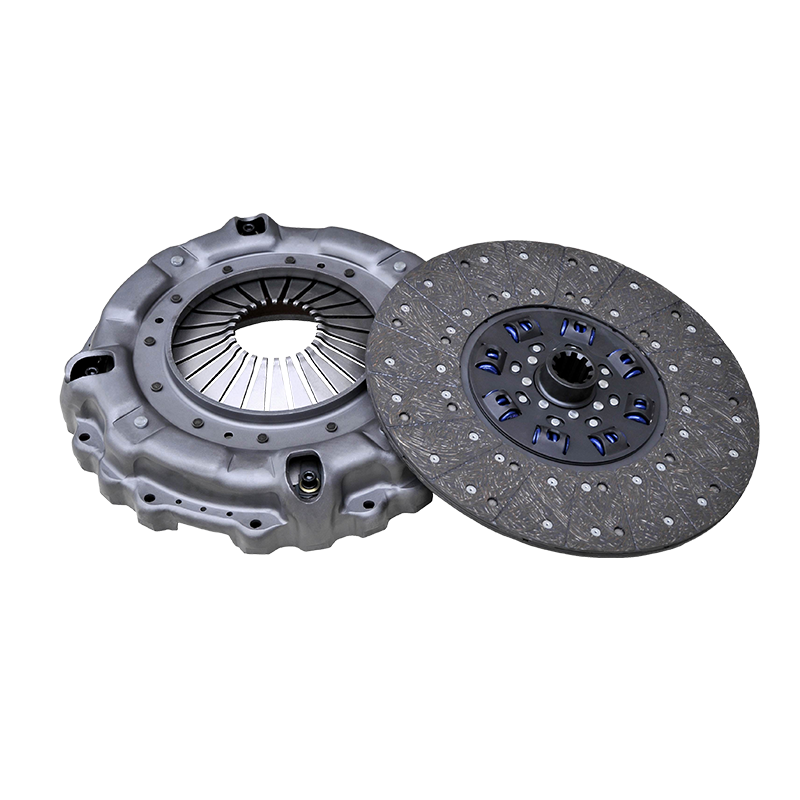
 English
English  No.25, Hu Chuang Road, New District Industrial Park, Suzhou, Jiangsu, China.
No.25, Hu Chuang Road, New District Industrial Park, Suzhou, Jiangsu, China.  +86-13338663262
+86-13338663262 
